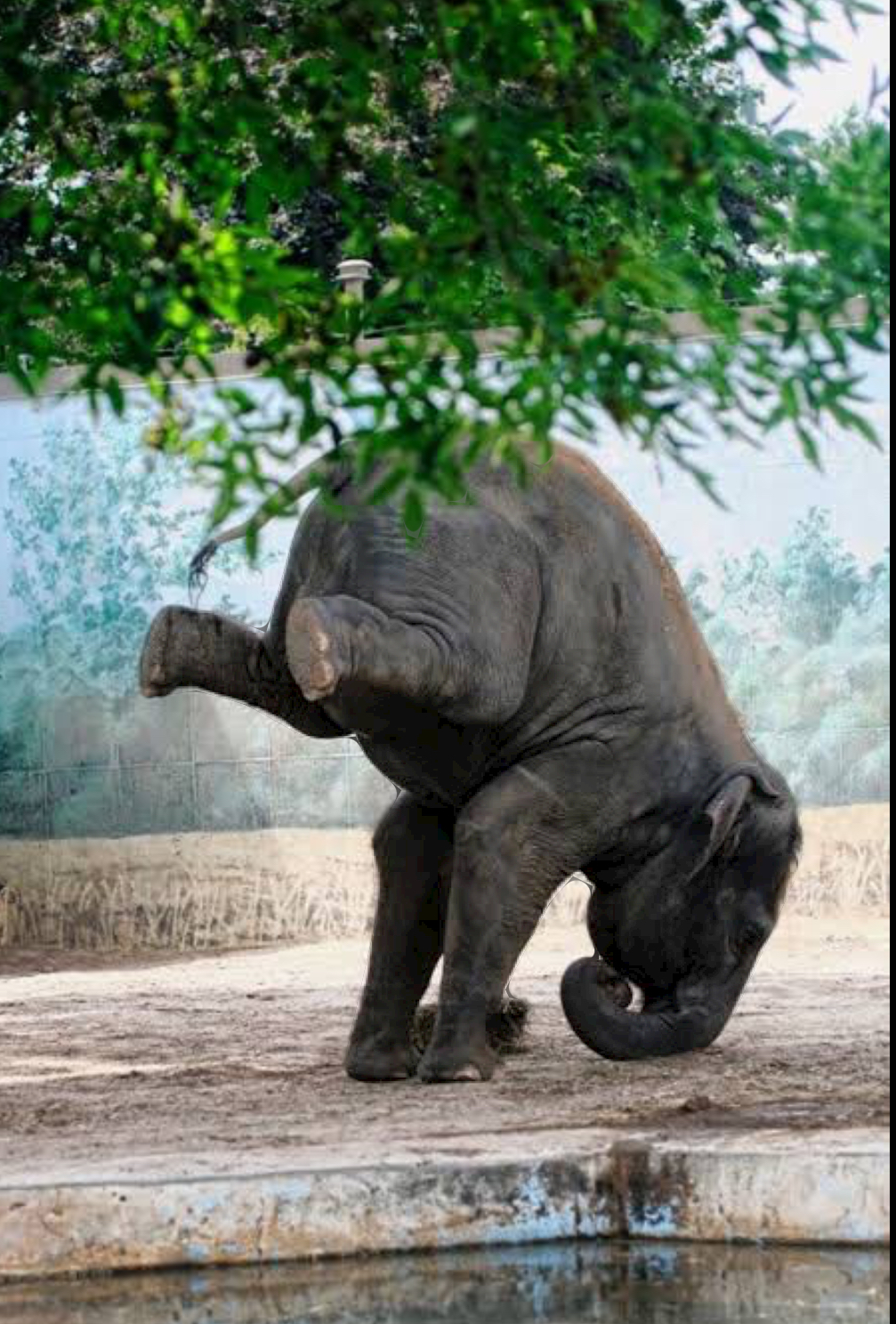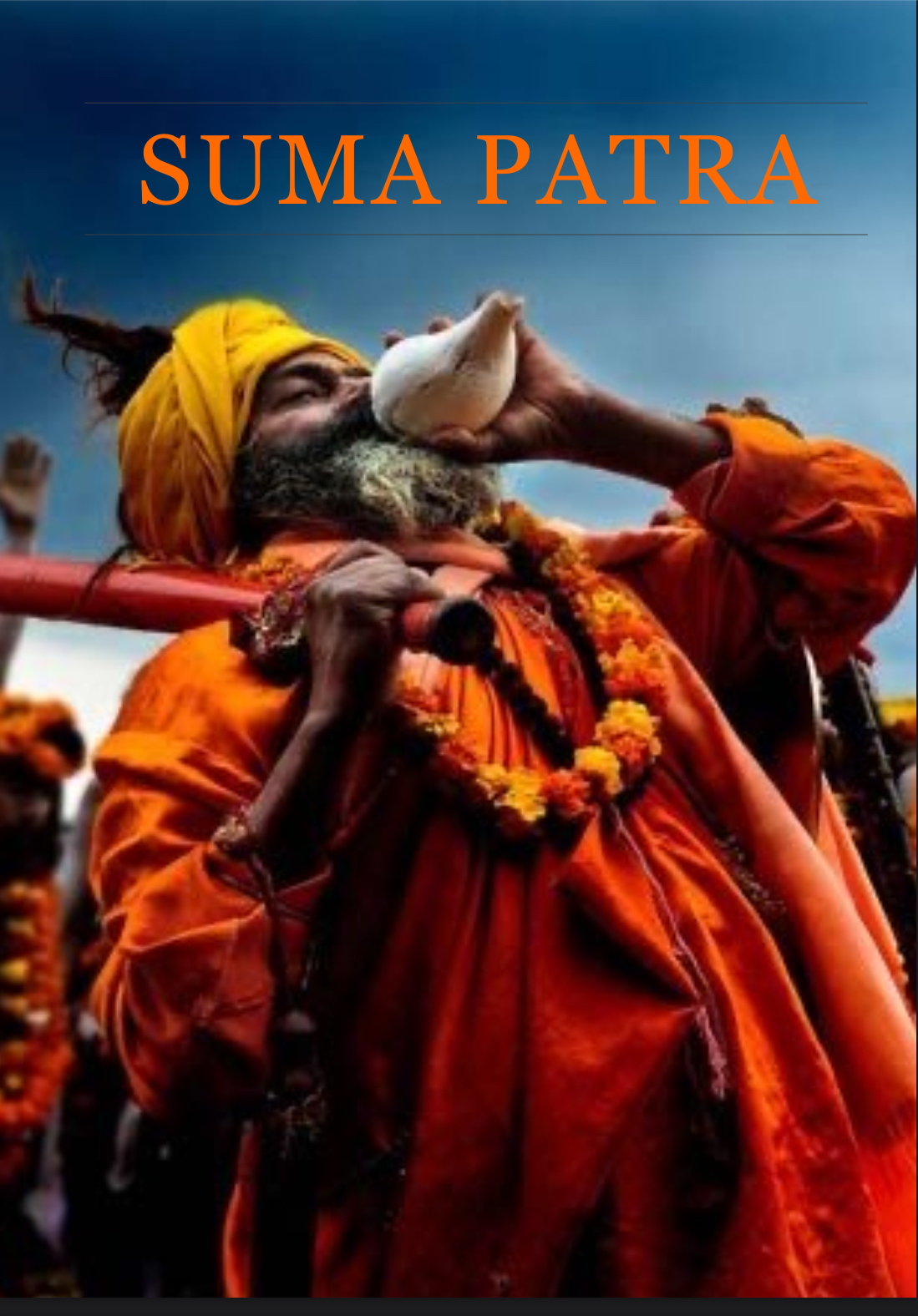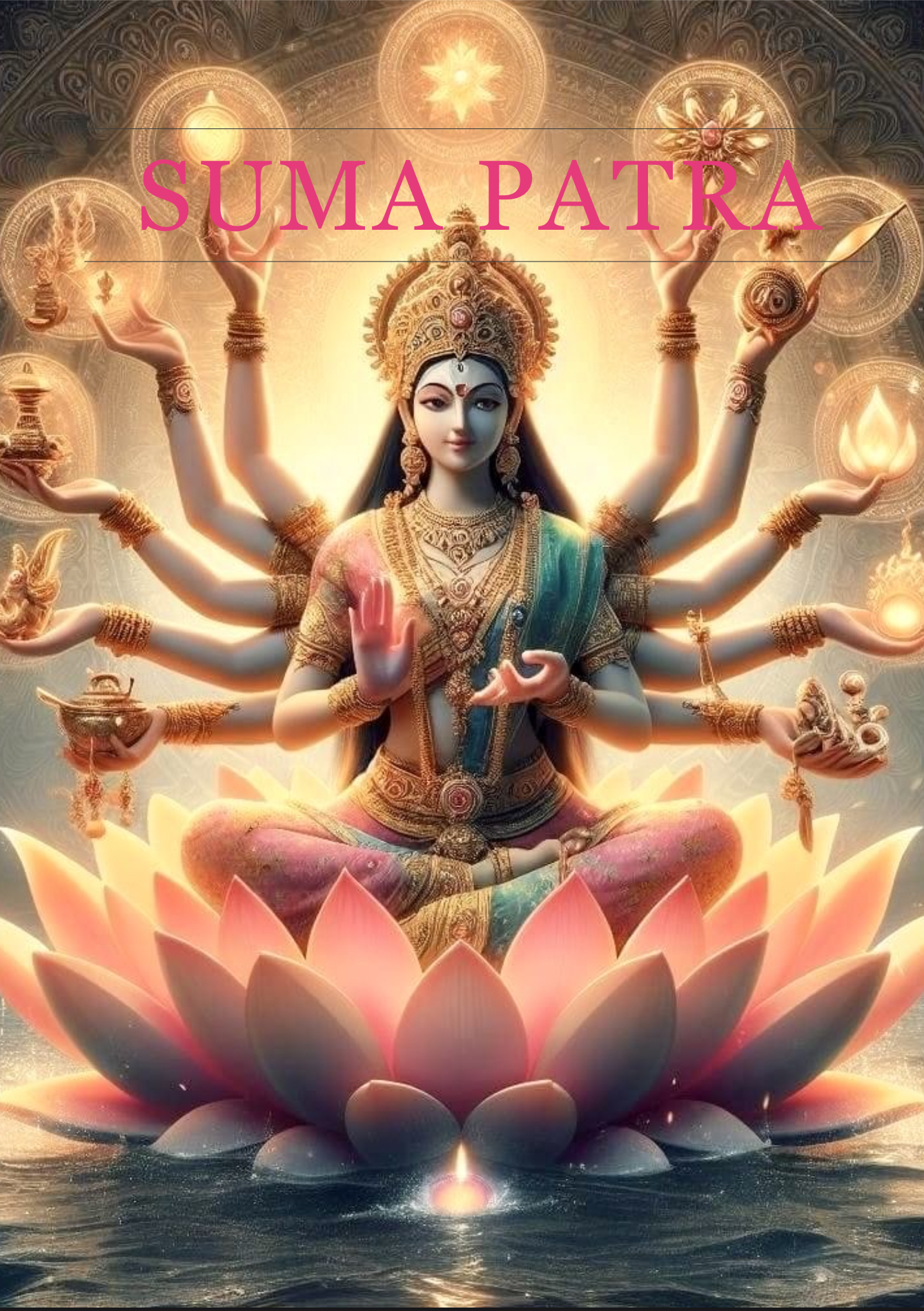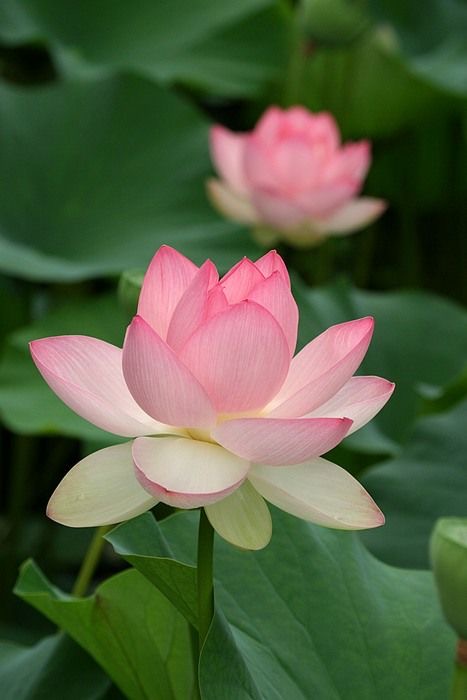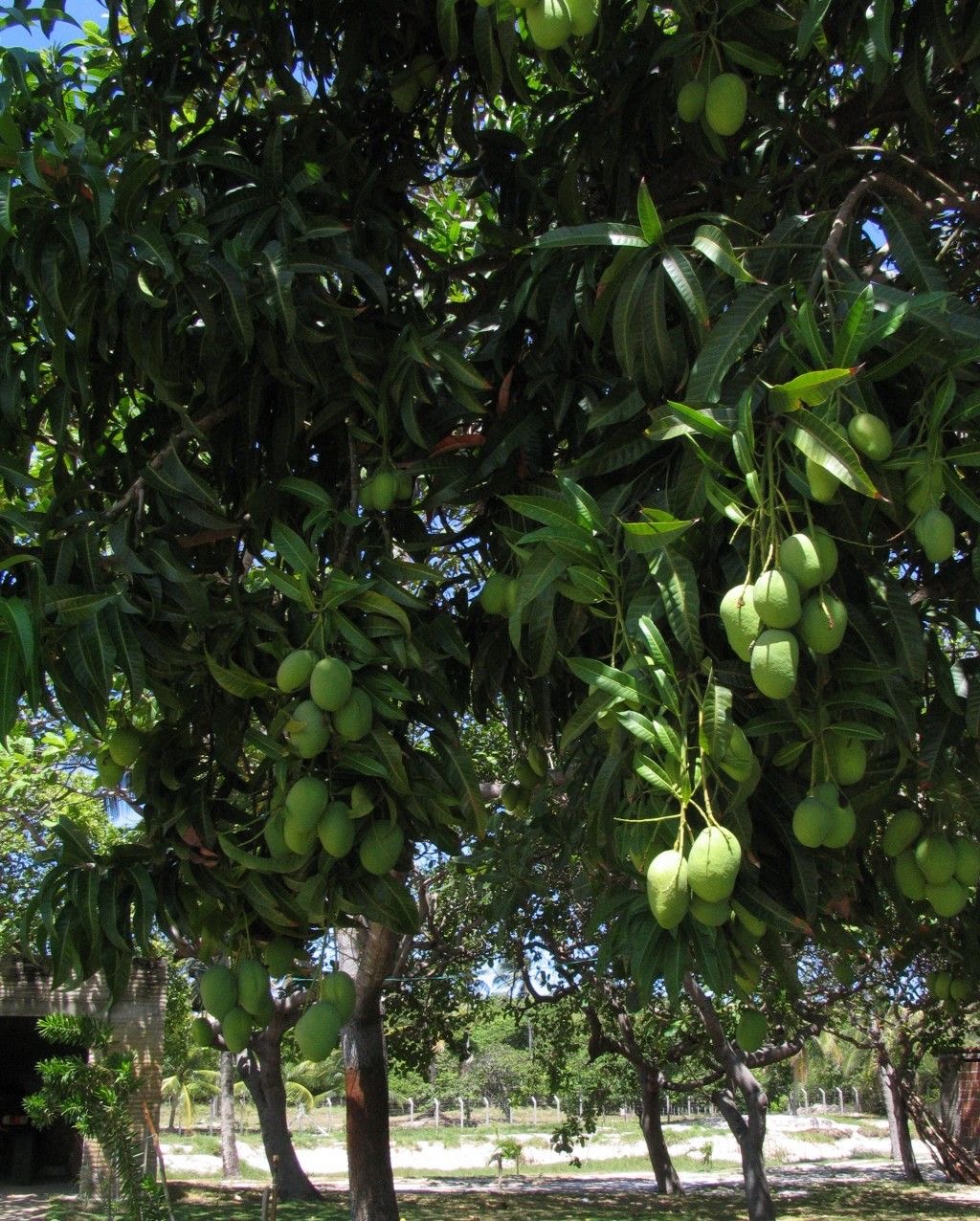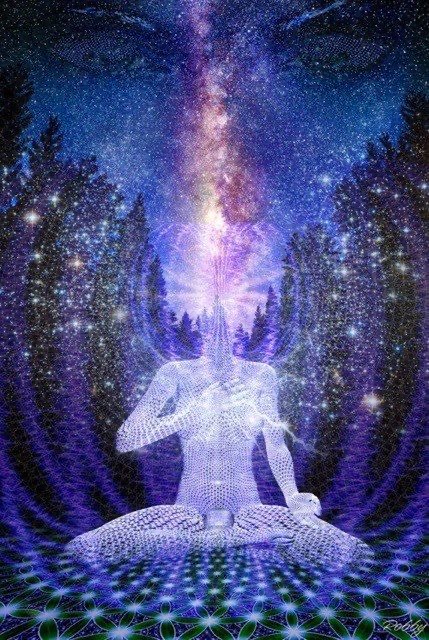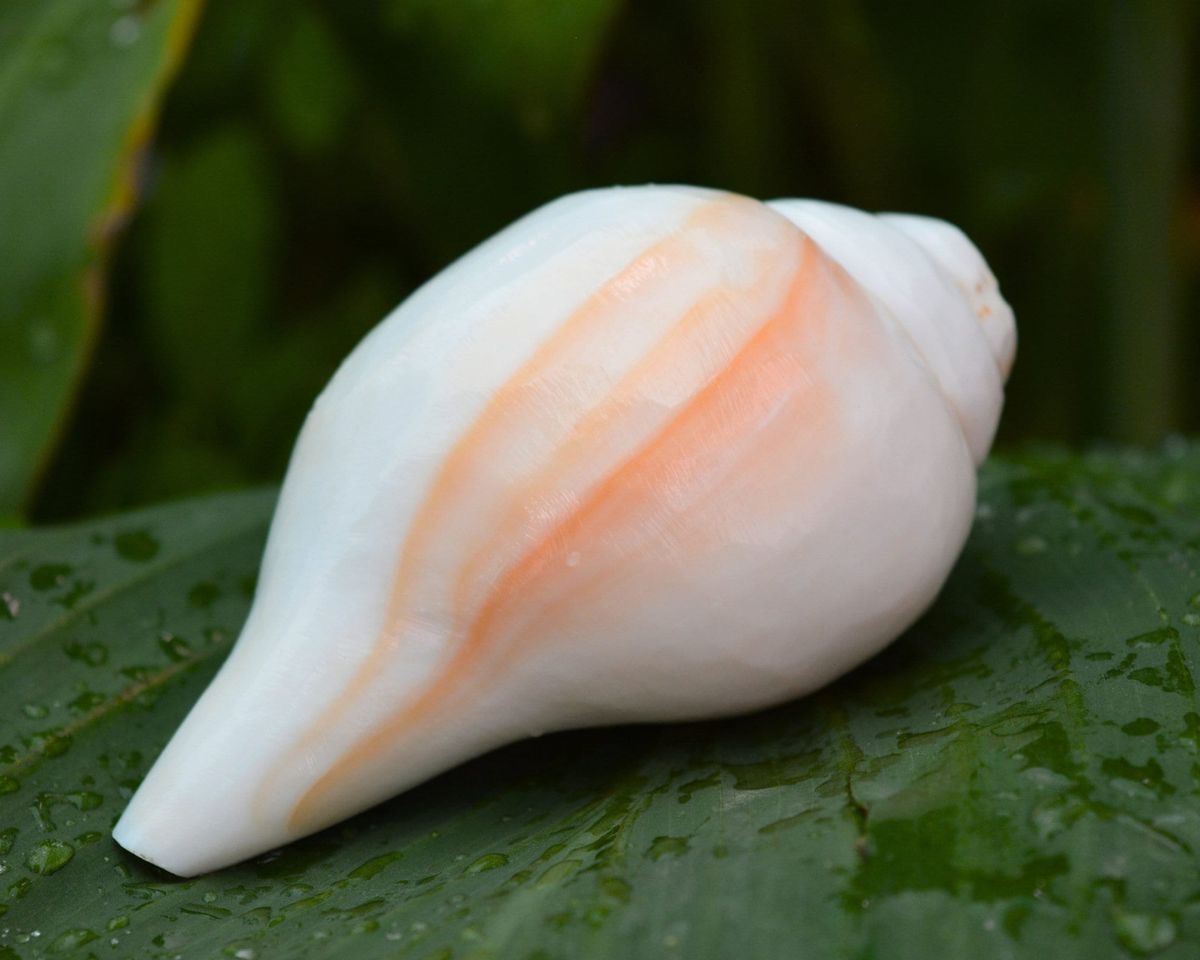Gaja is the Sanskrit word for elephant and the Asana is aptly named for its resemblance to that of an elephant trunk. This Asana is done by bending down with the arms extending forward like the long trunk of an elephant. This pose helps to develop strength in the arms and abdominal muscles.
The Shiva Puran states that Shiva being immortal, didn’t want children, but his consort Parvati did. When he refused to give her a child, she created one of her own, using the scrubbing of the perfumed unguents with which she anointed her body. She moulded a doll and gave it life. This child did not let Shiva enter her cave. Enraged Shiva beheaded him not realising he was Parvati’s son. Parvati was inconsolable in her grief and in order to resurrect her son, Shiva asked his followers to bring him the head of the first living creature they encountered in the northern direction. The first animal they found was an elephant and they cut off its head and brought it to Shiva who placed it on the child’s body and brought him back to life. He was named Gajanana who would be known as Ganpati.
The elephant is a very important and auspicious animal in Hinduism. It is associated with royalty and commands great respect. The sexually charged bull elephant is a symbol of lust and the fluid that flows out of its temple is called mada in Sanskrit and gives rise to the word Madira or wine. On the other hand, the goddess of Fortune Laxmi who sits on a lotus flower is surrounded by elephants who spray water on her and the elephant’s love of water and green vegetation make it a symbol of fertility and prosperity.
Ganesha symbolises the yoga of Shiva and Shakti, the end of disharmony between the mind and matter, spirit and substance, the material world and the spiritual world. In art, the elephant king is often shown in a lotus bond, enjoying the pleasures of life until its foot is captured by a crocodile. The elephant king then picks up a lotus flower and offers it to Vishnu, who emerges from the clouds and liberates him from the crocodile’s death grip by releasing his discus, the Sudarshana Chakra. The liberation of the elephant king is a metaphor or Gajendra Moksha for liberation from the material world through devotion.

